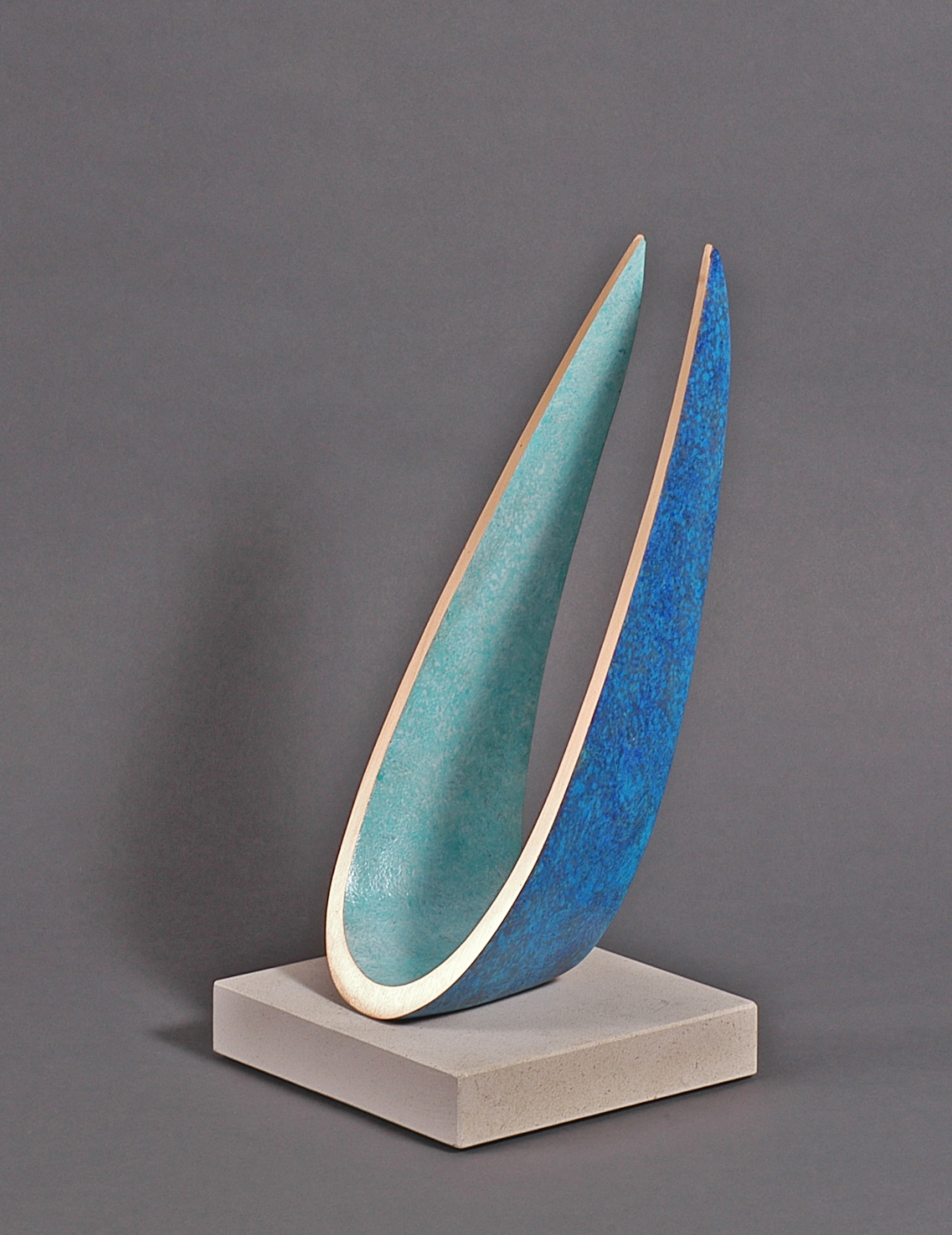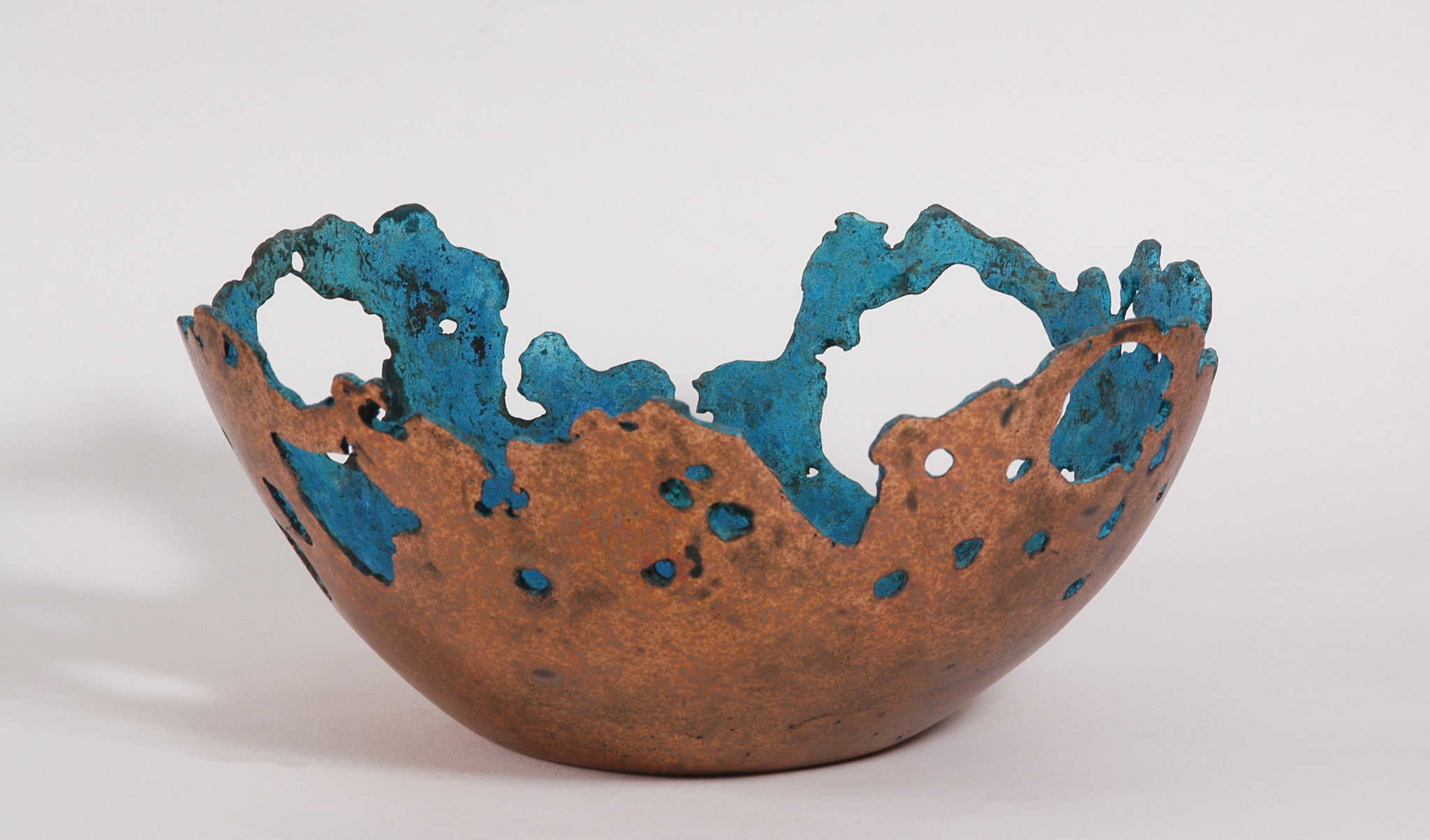 Casting bronze typically uses the lost wax method. This is ideal for reproducing fine work, particularly that with texture and overhangs. It can be a lengthy and time-consuming process requiring individual wax replicas to be made of the original sculpture.
Casting bronze typically uses the lost wax method. This is ideal for reproducing fine work, particularly that with texture and overhangs. It can be a lengthy and time-consuming process requiring individual wax replicas to be made of the original sculpture.
I specialise in sand-casting which is worlds away.
Sand casting is much faster and allows for greater creative flexibility because of the solid nature of the casting process.
Instead of creating wax copies, a single pattern is made which can be used for multiple casting. This allows me to explore forms from multiple perspectives as seen in my Studio Series in particular.
The pattern for each individual cast is placed in a sand box. Once this is packed down, the pattern is withdrawn leaving a void that is filled with molten bronze.
What emerges is solid and often very rough. Because it is solid it can be cut, drilled, welded in many ways without requiring alterations to the original pattern. The roughness also allows for multiple "finishes" some exploring the natural texture of the sand casting whilst others are highly polished.
A simple example of this is Drift and Line in the Sky which were created from a single pattern. For the sake of simplicity and robustness, the points in the pattern met. Drift (above) uses the whole casting whereas Line in the Sky has been cut (below left). The difference is subtle yet distinct and results in sculptures with an individual character.
The unique design of Ancient Bowl (below right) is a perfect example to show why I love the creativity and freedom of sand casting. The freehand apertures, so suggestive of fragility, are only possible because of the solidity of the process.


